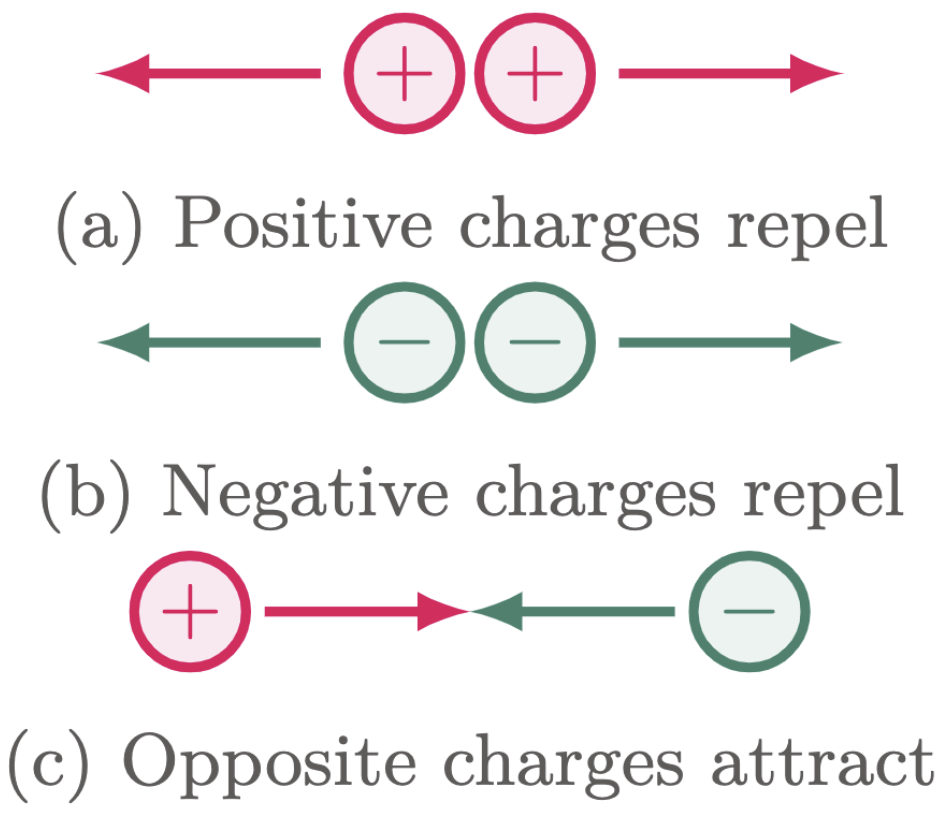Have you ever thought about how electricity impacts practically every area of our lives?
From the basic mechanisms of our bodies to the power it supplies every device and equipment that we could think of - electricity is in and all around us, providing us with convenience, health, and abundance.
The term electricity is widely known. Without electricity, it is nearly impossible to live comfortably in this world. Our way of life is so reliant on it that when the electricity goes out, our world tends to “stop.” Electricity is used in various applications, including lighting, ventilation, communication, entertainment, and transportation.
Electricity is even employed by the cells of our body, enabling neurons to rapidly fire, our hearts to beat, and our muscles to contract. Likewise, practically all our essential necessities are either manufactured or sustained by electricity-powered machinery in this modern day. Hence, without electricity, our lives would be fundamentally different and a whole lot harder.
At this point, let us first have a common definition for electricity. Meriam-Webster defines electricity as a “fundamental form of energy observable in a positive and negative form that occurs naturally (as in lightning) or is produced (as in a generator) and that is expressed in terms of the movement and interaction of electrons.” Therefore, it is a form of energy expressed in terms of, or derived from, the movement and interactions of electrons.
In the next section, we will discover the concept of electrons and how it relates to electricity by looking into the structure of an atom. But before that, it is also essential that we understand electricity from its history and how it was discovered so let us first discuss the history of electricity.
Brief History of Electricity
At 600 B.C., the ancient Greeks already have an idea of what electricity is.
They discovered that when amber is rubbed against wool, the amber attracts other items. This phenomenon can also be observed while rubbing a balloon on dry hair, which attracts the hair to the balloon. At this time, we can logically conclude that the amber and balloon have been charged, a phenomenon known as the “Triboelectric Effect.”
Though these concepts are already known, it wasn’t until around the 1600s that the concept is formalized when William Gilbert (English Physicist) published the first theories about electricity in his book, De Magnete. This was followed by the book entitled Experiments and Notes about the Mechanical Origin or Production of Electricity, published in 1675 by Robert William Boyle (English chemist and physicist).
During the 1700s, the interest and exploration of electricity significantly increased. Around this time, English scientist Francis Hauksbee made a glass ball that glowed when rubbed while experimenting with electrical attraction and repulsion. The glow was bright enough to read by, and this discovery would eventually lead to neon lighting a few centuries later.
Decades later after Hauksbee’s invention, the famous “kite experiment” of Benjamin Franklin (American Scientist and Founding Father) occurred. In this experiment, during a thunderstorm, Franklin tied a key to a kite string and proved that static electricity and lightning were the same things. Because of his historic discovery, people were greatly interested in finding ways to harness the power of electricity. They primarily want to light their homes in a cheap and safe way instead of oil and gas lamps which were flammable and dangerous.
The modern way of harnessing electricity took shape when in 1831, Michael Faraday realized that an electric current could be produced by passing a magnet through a copper wire. This amazing discovery formed the bedrock of today’s electricity and how we generate it, through magnets and coils of copper wires in big power plants. Because of this principle, both the electric motor (where electricity is converted into motion) and the generator (where motion is converted into electricity) were born.
All of these discoveries, including those of Nikola Tesla’s Alternating Current and Thomas Edison Direct Current systems led to our modern electrical systems.
However, as we have seen in this article, the fundamental concept of electricity boils down to the concept and interaction of positive and negative charges. To dig deeper, in the next section we will look into the concept of charges and atoms.
Proving that there are Two Types of Charges
If a glass rod is brushed with silk, we intuitively know what would happen; the two objects will attract one another. However, if another glass rod is charged and placed next to the first, the two rods will repel one another.
The same experiment can also be performed by using a plastic rod and fur; the same outcome will occur. However, when the glass and plastic rods are placed side by side, the two attract each other.
And this experiment establishes the existence of two distinct types of charges, which we refer to as positive and negative charges to this day. The positive charge is generated by glass and silk; the negative charge is generated by plastic and fur.
With these experiments, we could now predict how charges would react to each other.
Like charges repel, and opposite charges attract ($\fref{1}$).

Figure 1: Charges exhibit either attraction or repulsion depending on their sign.

